White macaubus quartzite: STAINED!!
emmy1022
6 years ago
Featured Answer
Sort by:Oldest
Comments (61)
R S
6 years agoJoseph Corlett, LLC
6 years agoRelated Discussions
Dolce Vita or White Macaubus Quartzite Anyone??
Comments (17)@Imp1959 What color are your cabinets? My cabinets are - I say cream, but they really aren't cream. The cabinet maker described the color as a warm sandy blonde with a hazelnut glaze. One of my friends said vanilla. Neutral stones like Taj Mahal pull gray, others are too white. Plus, I have a brick floor that changed everything. Not what I planned. It's now the quarantine rustic kitchen, but I will make it work....See MoreWhite or Calcutta Macaubus Quartzite etch?
Comments (4)I feel your pain. Probably spent 4 months agonizing over quartzite. Eventually went with a couple of very nice slabs of Madre Perola quartzite, which have been absolutely bullet proof after 9 months. No stains and no etches. My husband even used Windex on it!!!...no etches. It took me a long time to track down the info I needed to be comfortable with the decision, but the Gardenweb community came through with the info I needed. I've attached a link to one of my threads with some White Princess info. Good luck. Here is a link that might be useful: Quartzite info...See MoreWhite Macaubus and Sea Pearl quartzite
Comments (5)Don't judge it in broad daylight. Will look different inside your home. I know someone with white macaubus counters and they have a definite bluish/grayish cast to them. But the overall feel in their space is light and bright. It's on a gray island next to perimeter cabs painted white with dark counters. All the sea pearl I saw when I was looking had a greenish cast to it. They were all indoors if that matters. They are both gorgeous stones but I think the white macaubus goes a bit better with your tile choices according to what I'm seeing in your photo....See MoreWhite Macaubus Quartzite darker at install??
Comments (19)It was already darker at the fabricator’s shop, after the years of being stored outside, when I went to template. So before I saw them at install. The lighting in the kitchen is all new, LED, 3000K daylight, so nice and white. Definitely different lighting than when I bought them at the stone yard, but it’s brighter and whiter lighting at my house, which I would think would make it whiter looking. I feel like the years outside must have changed them. It’s puzzling. I wonder if some of the stone experts have any ideas......See MoreChessie
6 years agoR S
6 years agojunebugmama12
5 years agolast modified: 5 years agorob_jc4
5 years agojunebugmama12
5 years agorob_jc4
5 years agojunebugmama12
5 years agorob_jc4
5 years agoJoseph Corlett, LLC
5 years agoTJW
5 years agoDonna E
5 years agoemmy1022
5 years agolast modified: 5 years agoChessie
5 years agolast modified: 5 years agoemmy1022
5 years agoemmy1022
5 years agorob_jc4
5 years agolast modified: 5 years agorob_jc4
5 years agonewsouthernbelle
4 years agoemmy1022
4 years agoJoseph Corlett, LLC
4 years agosuzyq53
4 years agoJoseph Corlett, LLC
4 years agonewsouthernbelle
4 years agoJoseph Corlett, LLC
4 years agolast modified: 4 years agoTracy Hogue
3 years agoTracy Hogue
3 years agofocused
3 years agolast modified: 3 years agosuzyq53
3 years agobtydrvn
3 years agofocused
3 years agolast modified: 3 years agosuzyq53
3 years agoemmy1022
3 years agoGinger Ambron
3 years agoJoseph Corlett, LLC
3 years agoILoveRed
3 years agoLinda Sweeney-Maribito
3 years agoILoveRed
3 years agochoksi
3 years agoskigirl308
7 months agoStephanie G
5 months agoAstonia Stone Artisans
5 months agoemmy1022
5 months agoskigirl308
5 months agocamaro1972ah
4 months agoHU-189314940
2 months agoskigirl308
2 months agoemmy1022
2 months ago
Related Stories
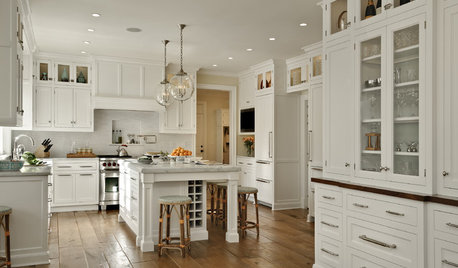
KITCHEN DESIGNDream Spaces: 12 Beautiful White Kitchens
Snowy cabinets and walls speak to a certain elegance, while marble counters whisper of luxury
Full Story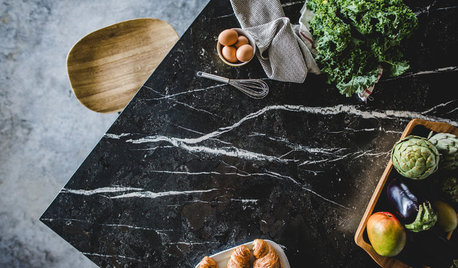
WHITE KITCHENSDurable Materials Anchor a White-and-Gray Family Kitchen
A concrete floor and a stone-topped island handle daily wear and tear with ease
Full Story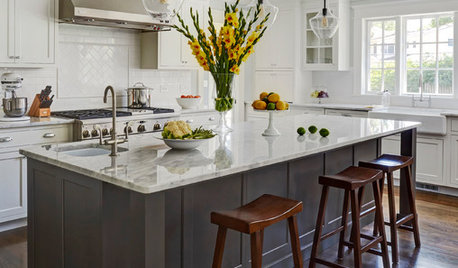
KITCHEN COUNTERTOPSWhat’s the Difference Between Quartzite and Quartz Countertops?
Weigh the pros and cons of these popular kitchen countertop materials
Full Story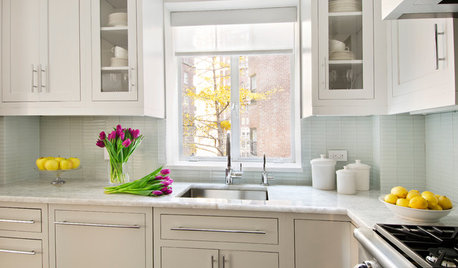
KITCHEN COUNTERTOPSKitchen Counters: Quartzite Offers Strength and Beauty
Eye-catching patterns and a natural pedigree make durable quartzite a popular alternative to granite and marble
Full Story
KITCHEN DESIGNUsing White Marble: Hot Debate Over a Classic Beauty
Do you love perfection or patina? Here's how to see if marble's right for you
Full Story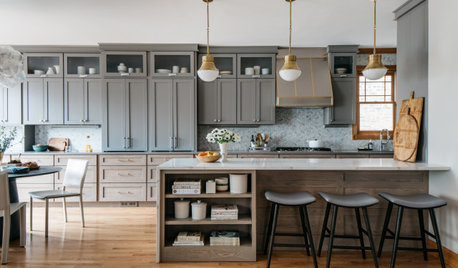
KITCHEN CABINETSNew This Week: 4 Not-White Kitchens With Character
See how cabinets in gray, pale green, light wood and inky blue bring character and dimension to their spaces
Full Story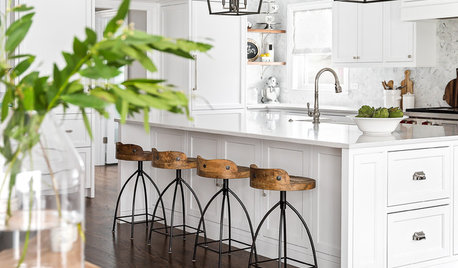
KITCHEN DESIGNKitchen of the Week: White Cabinets With a Big Island, Please!
Designers help a growing Chicago-area family put together a simple, clean and high-functioning space
Full Story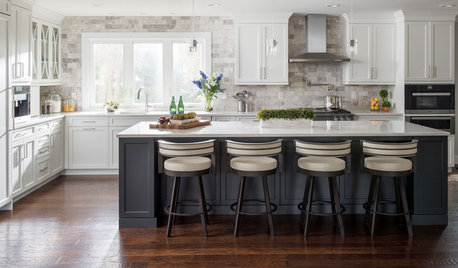
WHITE KITCHENSWhite Cabinets Remain at the Top of Kitchen Wish Lists
Find out the most popular countertop, flooring, cabinet, backsplash and paint picks among homeowners who are renovating
Full Story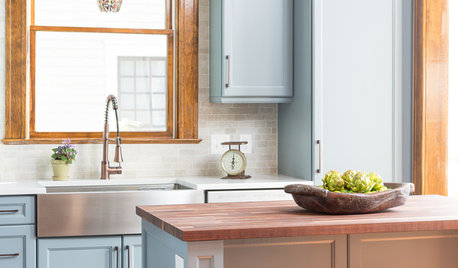
KITCHEN DESIGNTrending Now: 11 Popular Kitchens That Rock Not-White Cabinets
If you favor a little color in your kitchen, look to these spaces that run the gamut from light to dark
Full Story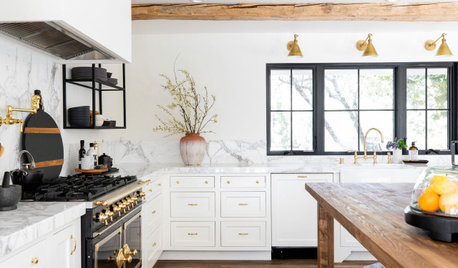
KITCHEN DESIGNNew This Week: 3 Beautifully Balanced White Kitchens
See how designers use cabinet hardware, wood and other accents to bring layers of interest to mostly white kitchens
Full Story


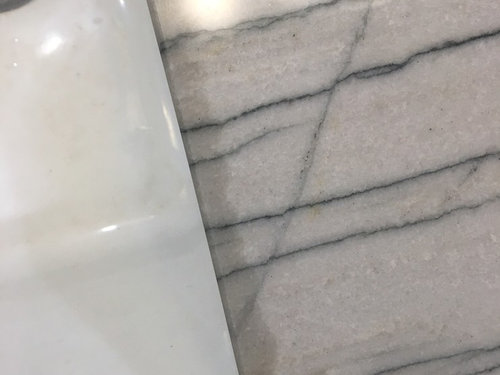


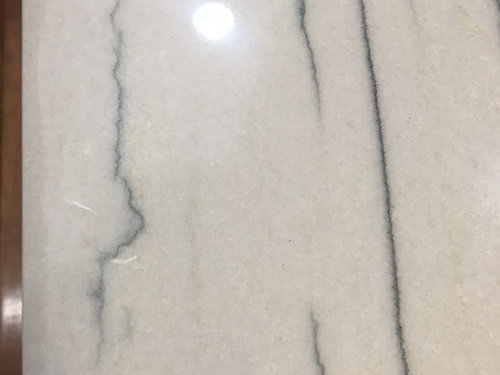
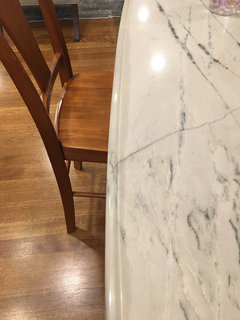

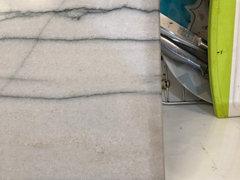











anonymousrockguy21